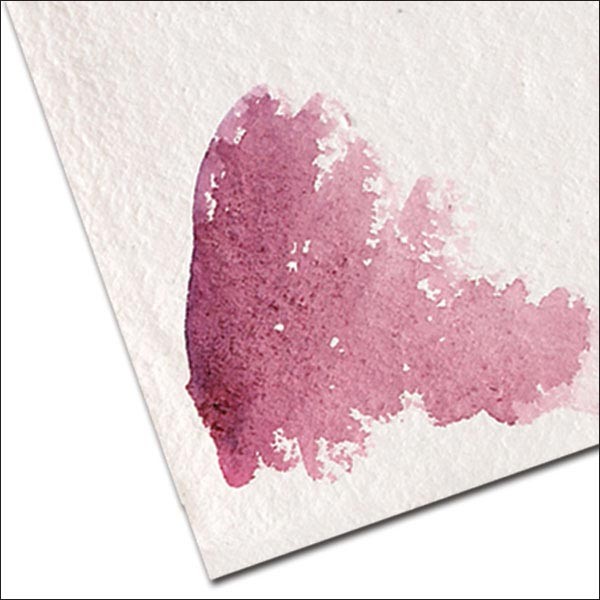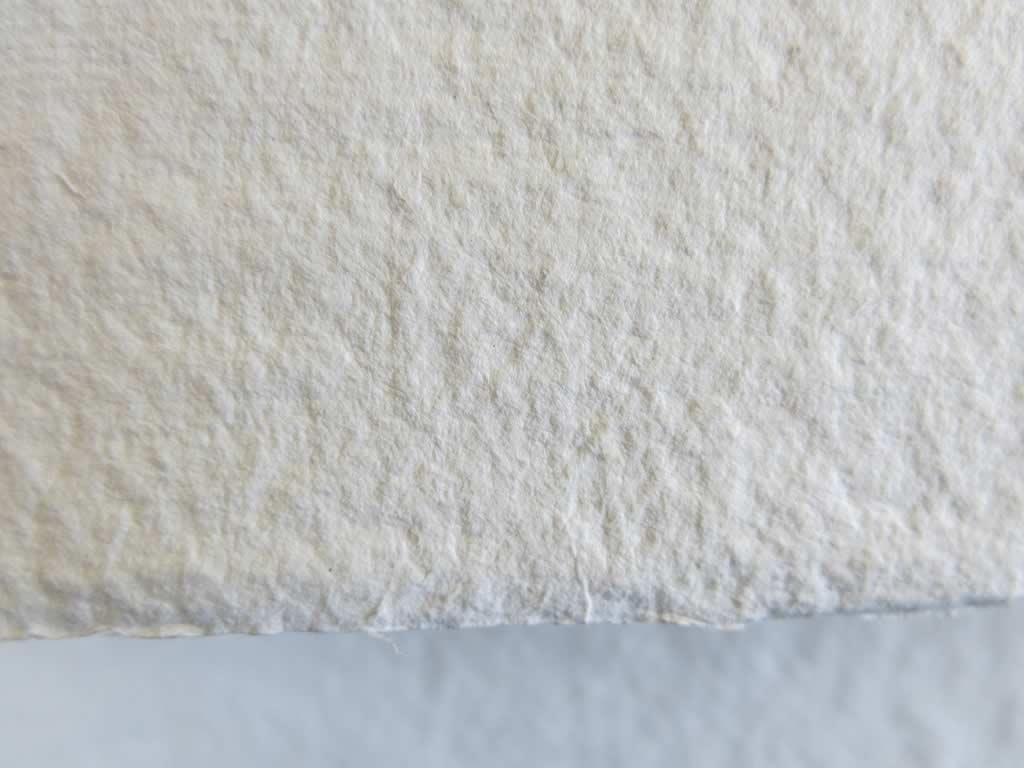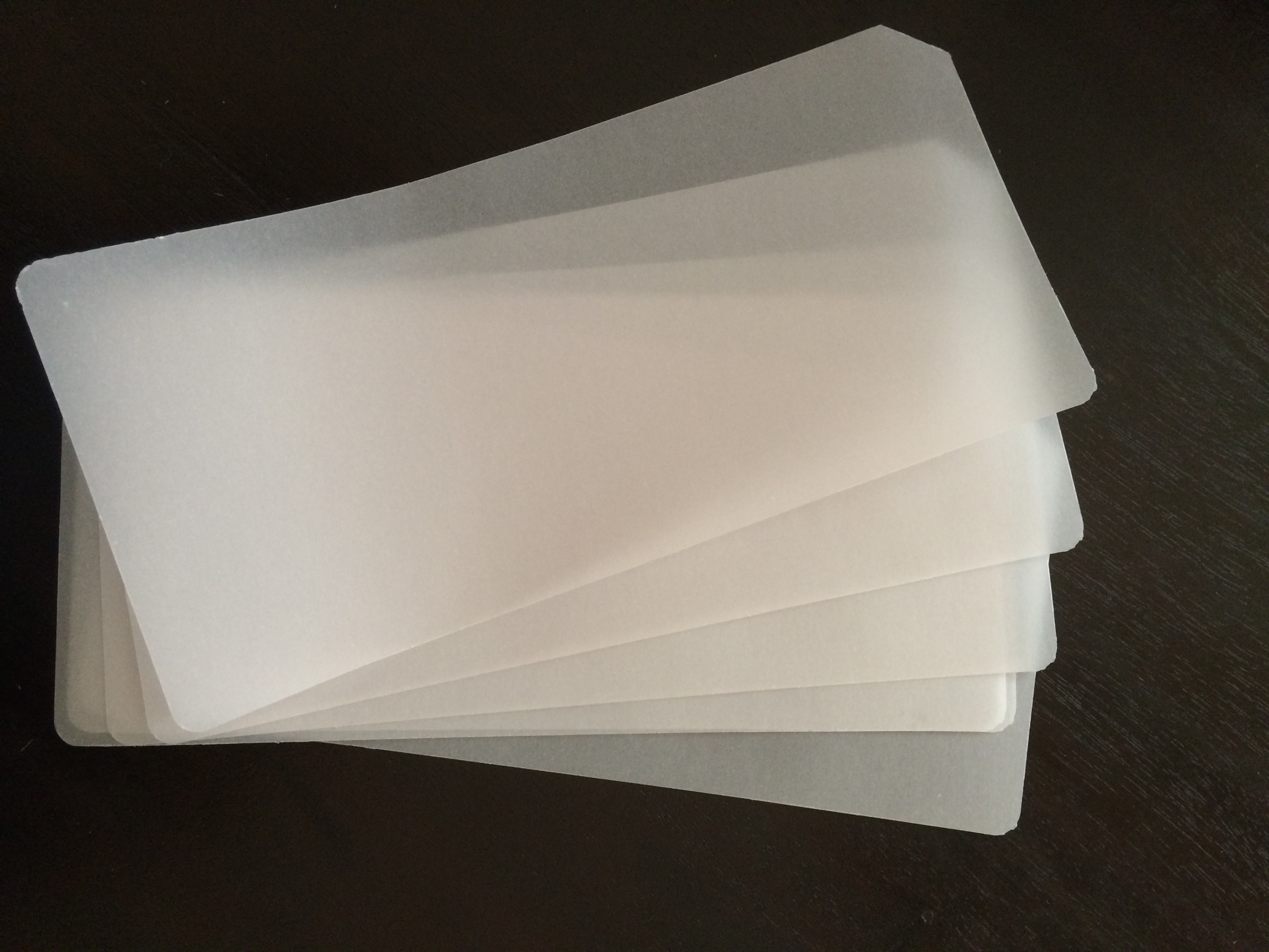|
Paper can be made out of a variety of materials. Papers are made by turning fibers into moldable pulp. Most commonly, these fibrous materials originate from timber (wood) or cotton. The pulp that is produced is molded together, most often pressed, and dried to produce the paper. The molding, pressing, and drying process all affect the finished surface.
| TYPES OF PAPER |
DESCRIPTION |
|
COLDPRESS:

|
Coldpress papers are typically preferred by watercolor artists, pastelists, or anyone looking to exploit the surface texture. Since Coldpress papers have a heavy tooth, watercolor paints can easily be controlled. Pastels can be heavily applied and layered. |
|
HOTPRESS:

|
They are referred to as “Hotpress” because the cylinders that are used to press the paper during the manufacturing process are heated. The heat causes the paper to conform to the smooth mold producing a smooth surface.Hotpress papers are preferred by artists wishing to have control over precise marks, such as with pen and inks or detailed watercolor paintings.
|
|
ROUGH:

|
Rough papers are not produced by cylindrical pressing, like Hotpress or Coldpress papers. Instead, they are flat-pressed mechanically or not pressed at all. The result is a very heavy tooth. Rough papers can stand up to multiple washes of watercolor or heavy applications of pastels. |
|
BRISTOL BOARD TEXTURES:

|
Bristol board or Bristol paper (named for the town in England) requires its own category for texture. Bristol board is a heavier paper, much like cardstock. It is suitable for a variety of media and features two different types of “tooth”, both of which are fairly smooth. |
|
VELLUM:

|
Vellum is a smooth paper that is created by combining plastic with cotton or wood pulp materials. The material is translucent making it suitable for tracing. This surface is suitable for ink drawings and preliminary drawings and it is also widely used for colored pencil drawing. It is quite easy to get a smooth surface with colored pencils working on vellum paper. |
|

